
surfresearch.com.au
nat young : surfer tips, 1969.
nat young : surfer tips, 1969.
|
|
|
|
|
|
 |
surfresearch.com.au
nat young : surfer tips, 1969. |
| Contents |
Nat Young
: Surfer Tips- Number 38 |
Keith
Paull : Stylistic Evolution |
Advertisements-
Fins |
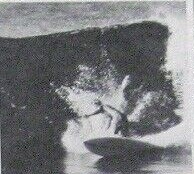 |
Surfer Tips Number
Thirty-Eight Let Your Mind Run ... by Nat Young |
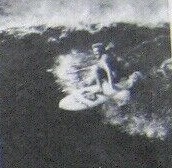 |
|
By Keith Paull
Current
Australian champion Keith Paull brings to the
pages SURFER his personal
thoughts on the evolution of geographic styles in surfing. Keith also includes some comments on the influence of style on surfboards. Departing from the belief that boards determine style, Paull believes style is the determining factor in the directions surfboards will pursue. |
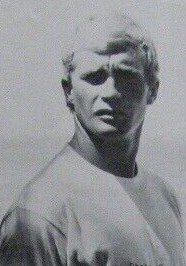 |
The evolution from there was to become more and more specialized own geographical area and field of performance, up to the Page 57 point where we see it today, branched into four major areas of style, with many specialized styles within these areas. The four major areas are Hawaii, East Coast-Puerto Rico, Australia-South Africa, and California. The styles of the Hawaiians were developed around speed and power because of the surf conditions in Hawaii. The styles of Australians are much more flexible, designed around a variety of Australian waves that vary from fast rolling and slow curling, to big powerful surf and junk surf similar to the East Coast. All the extremes are combined in a moderate way in Australia. The California surf style is based around slow rolling, fast peeling waves with generally glassier conditions than anywhere else in the world. The East Coast style is based around small, sloppy and largely powerless waves. |
Page 56
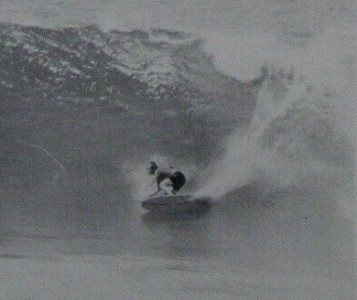 Russell
Hughes, World Contest Finals.
|
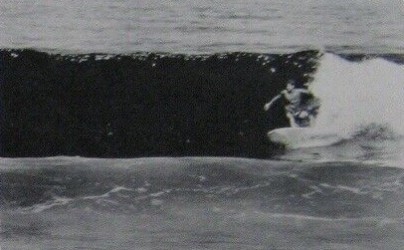 Rolf Arness
(California)
|
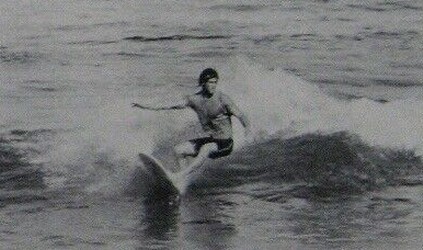 Ted Spencer
(Australia)
|
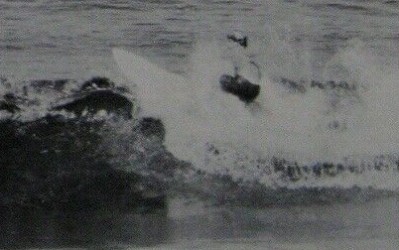 Garry
Propper (East Coast)
|
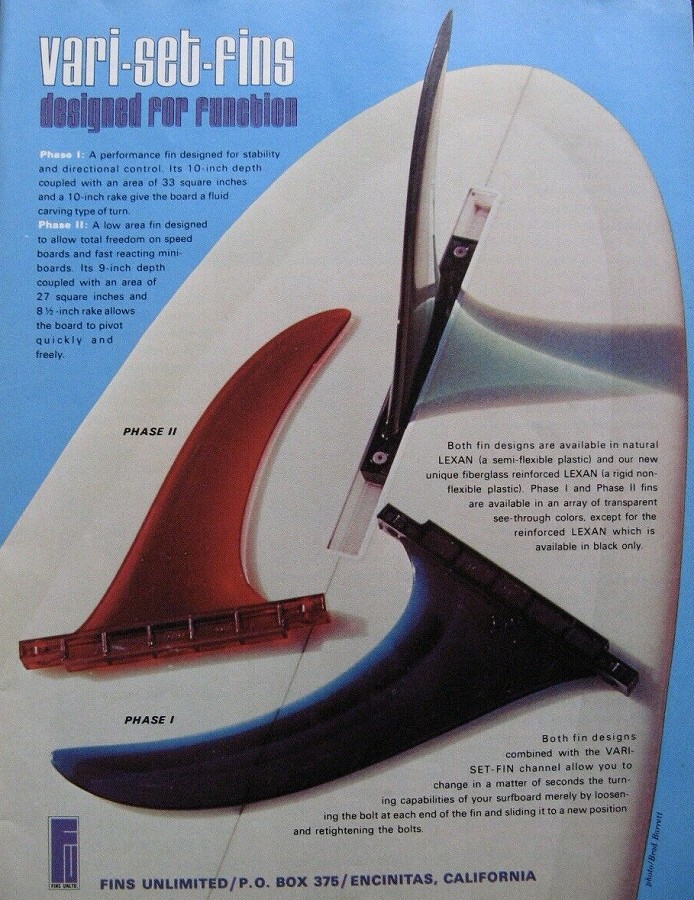 |
Performance Fin Phase I: 10" x 10" rake - Area: 33 square inches Low Area Fin Phase II: 9" x 8.5" rake - Area: 27 square inches Page 20 Surfboards Hawaii Hawaii and California Vari-Set System by Fins Unlimited |
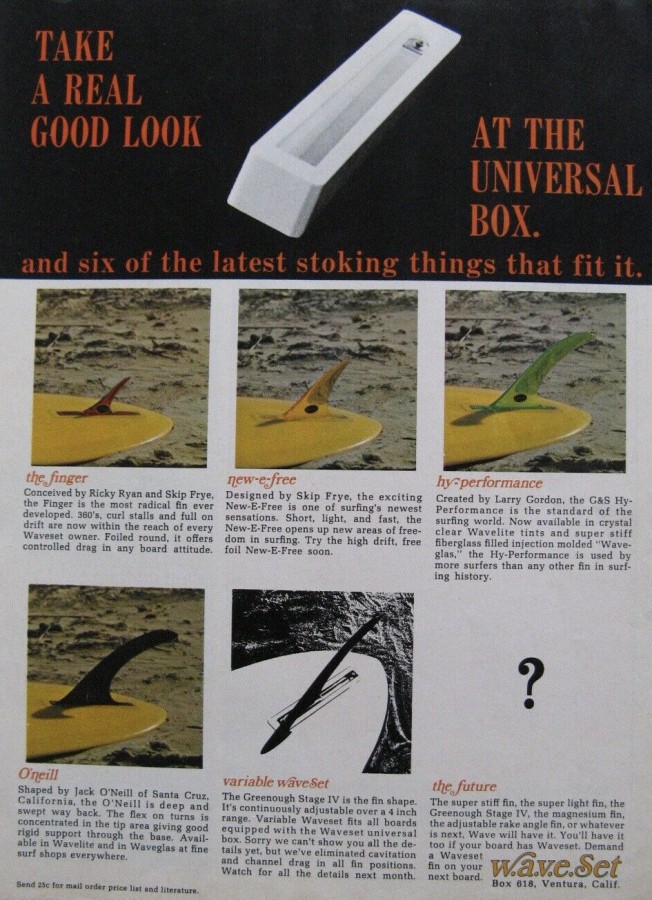 |
|
|
|
|
|
|